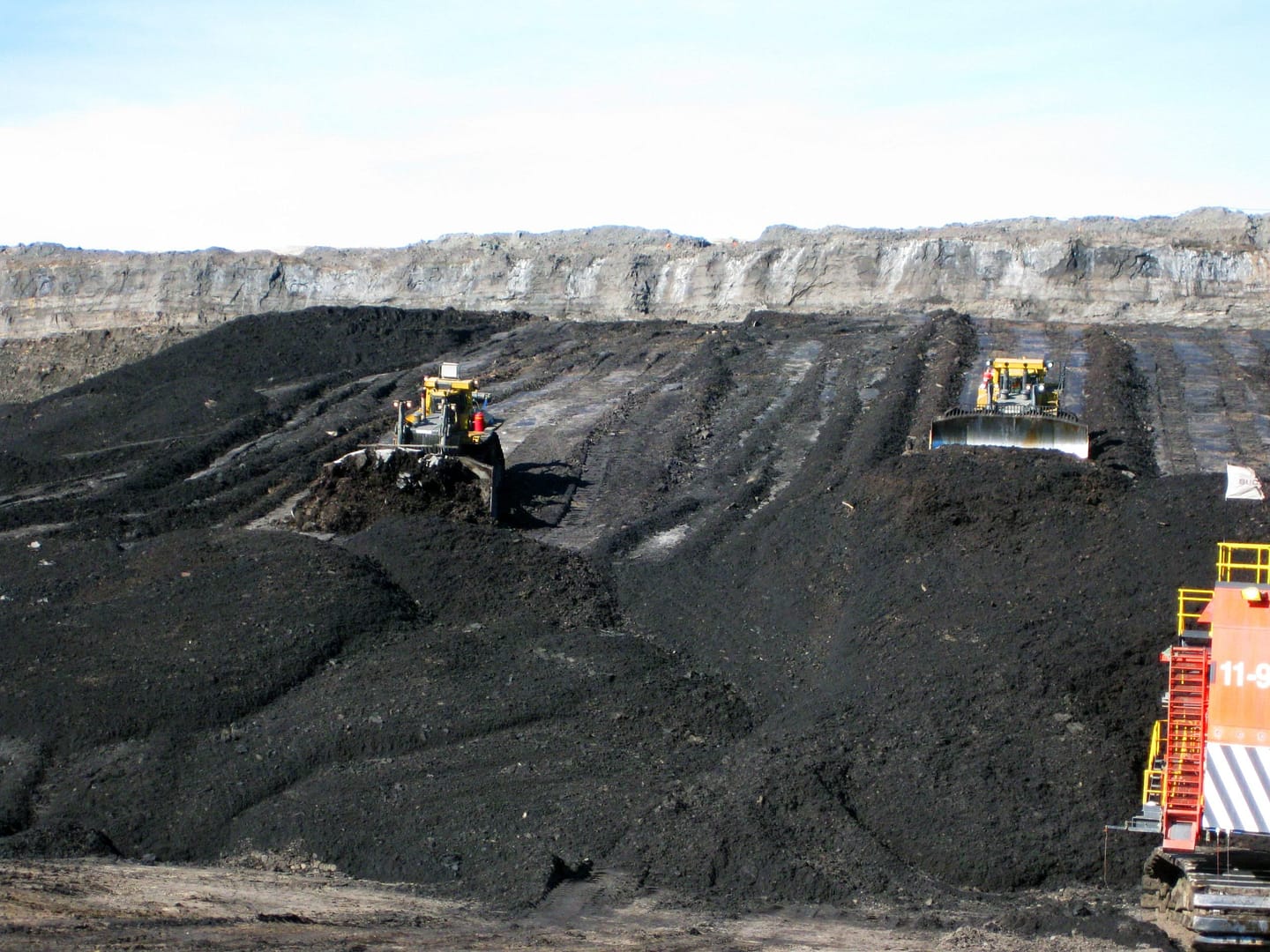The CSIR-Central Institute of Mining and Fuel Research (CSIR-CIMFR) has achieved milestone in the mining sector. They successfully conducted the first trial blast of the Dozer Push Mining Method in India. This innovative method integrates advanced digital technologies, aiming to improve safety and operational efficiency in mining processes. The trial took place at the Parsa East and Kanta Basan (PEKB) Coal Mine, operated by Adani Enterprises Limited in Chhattisgarh.
Background of the Dozer Push Mining Method
The Dozer Push Mining Method is a new approach developed by CSIR-CIMFR. It focuses on optimising mining processes while ensuring safety. This method aims to control vibration and flyrock within acceptable limits. The initiative is part of a sponsored project on deep hole cast blasting at PEKB. After two years of research and adaptations, the method is tailored for Indian coal mines.
Key Features of the Trial
The trial involved drilling 108 holes using an unmanned automated drill machine. Following this, 60 tons of bulk emulsion explosives were used for cast/throw blasting. The blasted material was then moved using a specially designed large automated dozer machine. This method is a viable alternative to traditional truck-shovel techniques.
Advantages of the Dozer Push Mining Method
The Dozer Push Mining Method offers several advantages. It improves efficiency by enabling quicker coal recovery. It reduces delays caused by adverse weather conditions, particularly during the monsoon. The method is also cost-effective, with an estimated 7-10% reduction in operational costs compared to conventional methods. Moreover, it enhances productivity by better utilising dragline machines.
Enhancing Worker Safety
One of the most benefits of this method is the enhancement of worker safety. The unmanned operation minimizes the risks associated with manual labour. Traditional mining techniques often expose workers to hazardous conditions. The successful trial demonstrated precise detonation with minimal environmental impact, showcasing the method’s effectiveness.
Future Plans for Implementation
The next phase involves conducting 8-10 additional trial blasts. These trials will refine the blast design further. Final recommendations will focus on optimising the method for broader implementation. The successful trials mark advancement for the Indian mining industry.
- CSIR-CIMFR – Council of Scientific and Industrial Research.
- PEKB – Parsa East and Kanta Basan, a coal mine in Chhattisgarh.
- Adani Enterprises – Leading private mining company in India.
- Bulk Emulsion Explosives – A safer alternative to traditional explosives.
- Dozer Push Mining – A method utilising automated machinery for efficiency.
Impact on Coal Production in India
Pan-India coal production reached 97.94 million tonnes in December 2024. This marks a 5.33% annual growth rate. The captive and commercial coal mines recorded their highest monthly production of 18.40 million tonnes, surpassing previous records. The cumulative production for the first three quarters of FY25 rose by over 34% year-on-year. The coal dispatch also hit an all-time high in December 2024, with 17.67 million tonnes dispatched. This represents a 33.20% year-on-year increase. The total dispatch from April to December reached 137.34 million tonnes, reflecting a 33.95% increase compared to the previous year. The coal sector’s growth is attributed to a 7.5% increase in the Index of Eight Core Industries. The coal industry’s index reached 172.9 points from April to November 2024, showcasing a growth of 6.4% among all core industries. This surge in coal production indicates advancement in the sector’s performance.

Leave a Reply